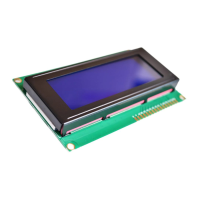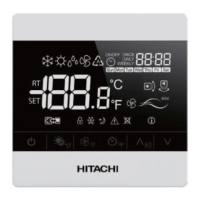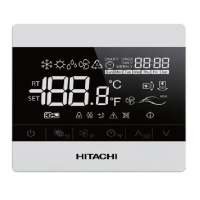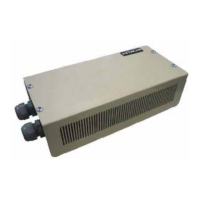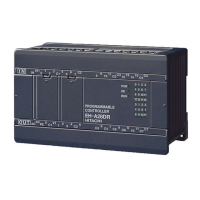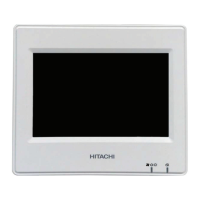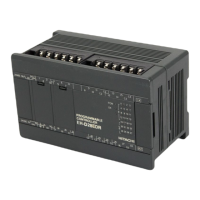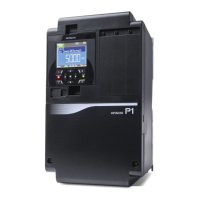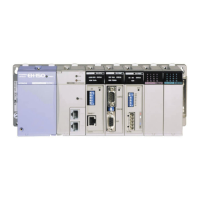34
・ Normal conditions of use
The normal use of a contactor relay is to close, maintain and open circuits which contain an electromagnet the magnetic
circuit of which is open at the time when the coil current is made and closed when the coil current is broken.
・ Abnormal conditions of use
Abnormal conditions may arise when an electromagnet, although energized, has failed to close.
A contactor relay is required to be able to break the current corresponding to such abnormal conditions of use.
(3) Mechanical endurance test
With respect to its resistance to mechanical wear, a contactor relay is characterized by the number of on-load operat-
ing cycles, i.e. operating cycles with no current flowing, which can be made without any mechanical failure. The
standard numbers of no-load operating cycles, expressed in millions, are given in the first column of Table 26.
Table 26.
Class of mechanical endurance
(in millions of no-load
operating cycles)
Number of
no-load operating cycles per hour
0.01
0.03
0.1
0.3
1
3
10
30
100
12
12
12
30
120
300
1200
3600
12000
(4) Electrical endurance test
The test condition of the electrical endurance test is the normal conditions of use in Table 25 and the maximum
frequencies of on-load operating cycles are given in the second column of Table 26.
4-3 CONTACTOR RELAY WITH TWIN CONTACT
The contactor relay is usually composed of single contact. If this contact is used at 48V or higher under ordinary
environmental conditions, it can be used almost free from contact failure such as unsatisfactory contact, etc.
When it is intended to use the contactor relay at low voltage and current, if the contactor relay with twin contact is
used, the contact reliability will be improved. As shown in Fig. 30, this contact is divided into two parts, so that they
help each other to prevent occurrence of contact failure and improve the contact reliability.
Fig. 29 Single contact Fig. 30 Twin contact
(Standard contact)
